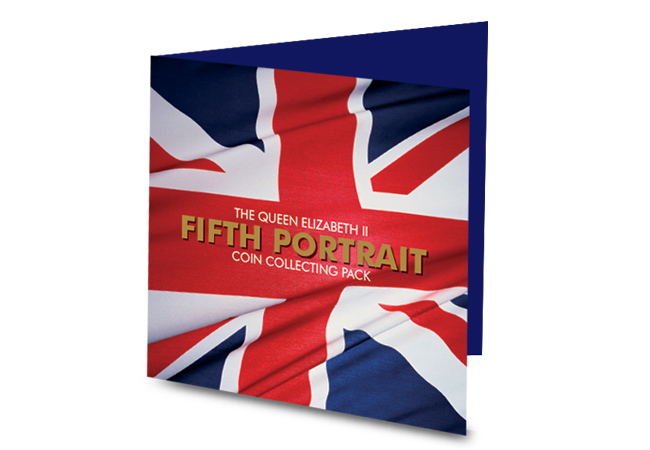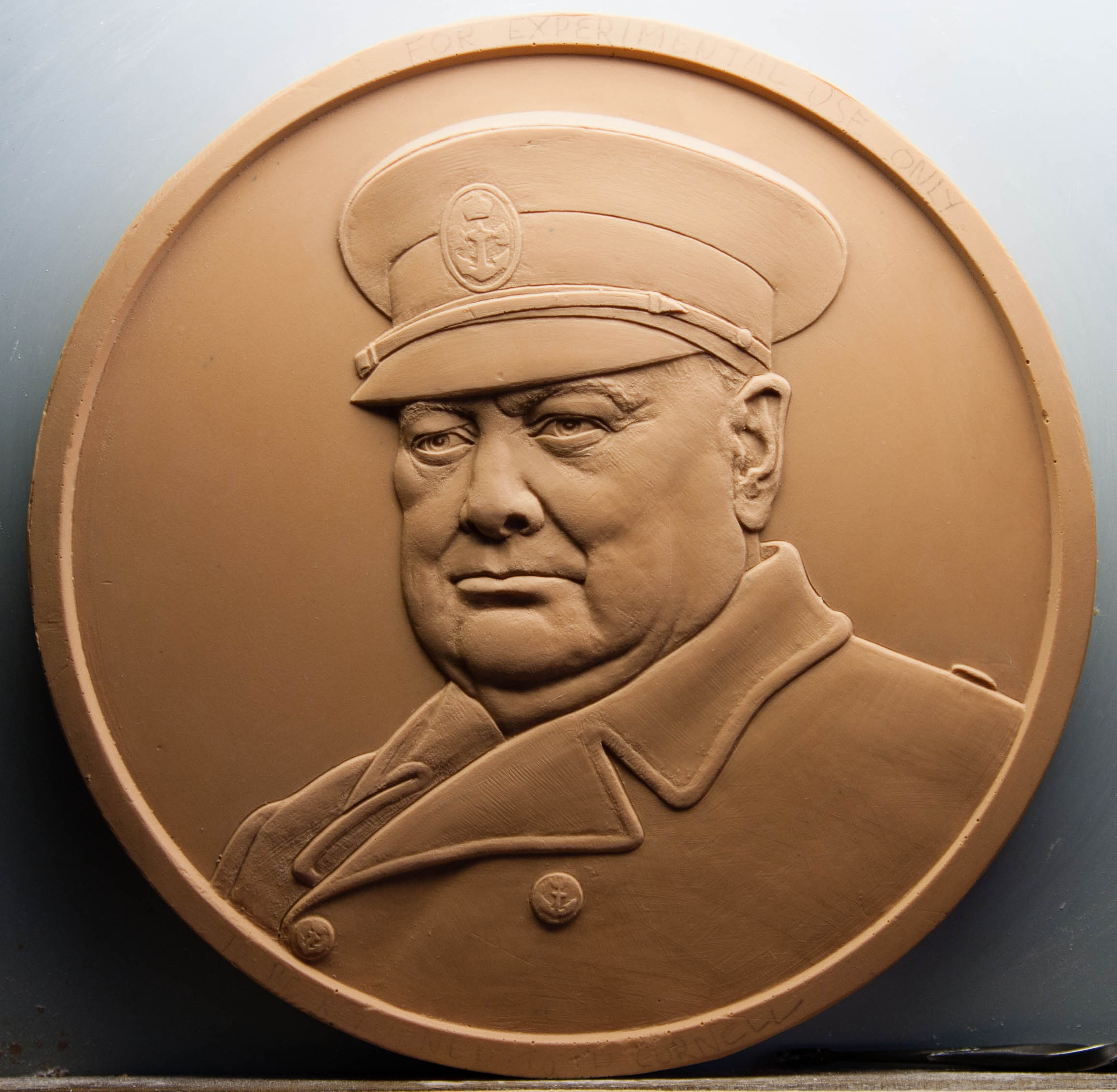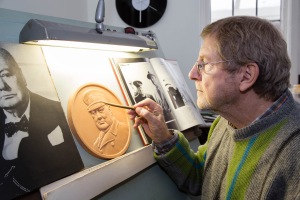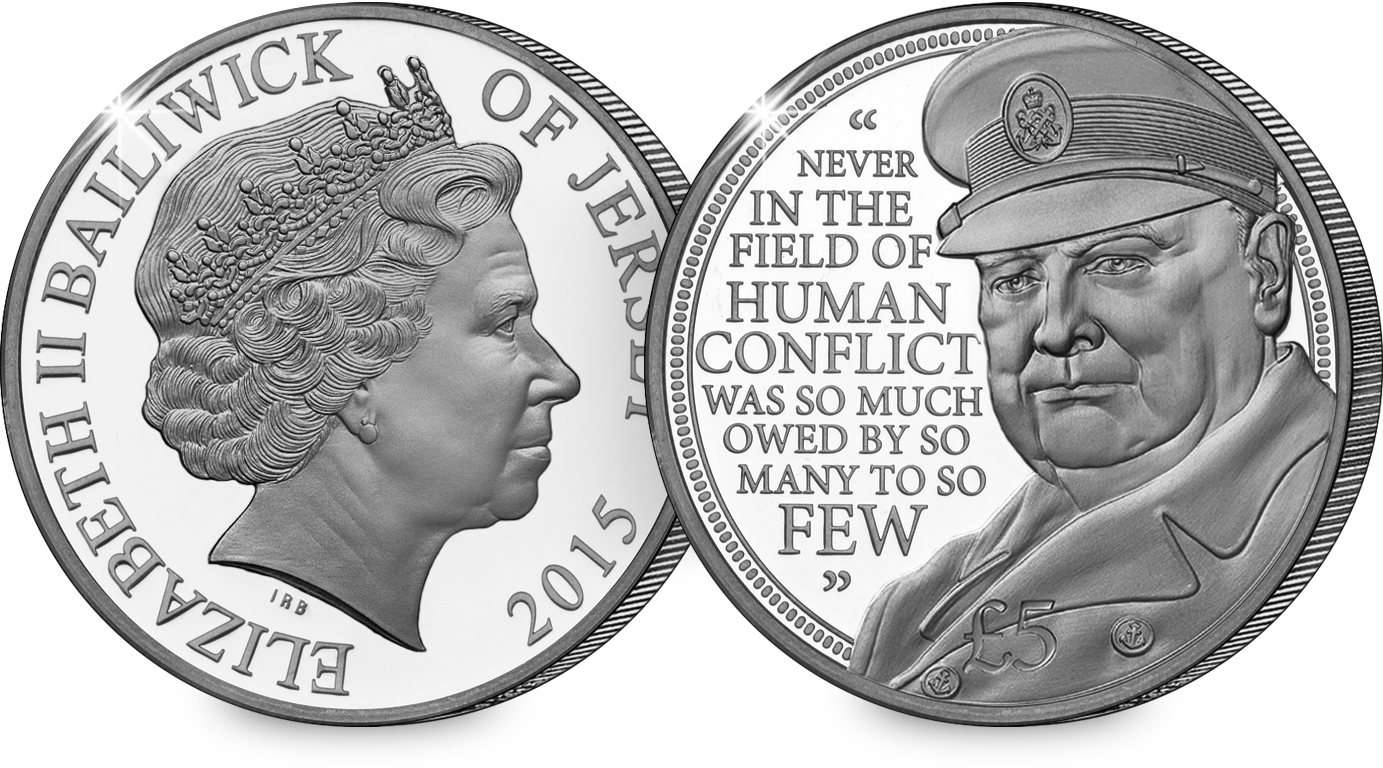Her Majesty The Queen and Prince Philip honour Battle of Britain heroes today
The Queen visited Kent today where she opened the Battle of Britain Memorial Trust’s new visitor centre at Capel-Le-Ferne near Folkestone.
The new centre, built in the style of a Spitfire’s wings, is aimed at educating and informing visitors about the Battle of Britain and the airman who defended the country from invasion in 1940.
Her Majesty and Prince Philip met some of the last remaining RAF airman who fought during the pivotal battle. The Battle of Britain Memorial Flight aerial display group was formed in 1957 with the aim to keep alive the memory of the heroic role played by the RAF in the Battle of Britain and the whole of World War II.
The Memorial Flight’s squadron badge shows the aircraft in their famous formation atop the instantly recognisable red, white and blue RAF roundel with ‘Lest We Forget’ inscribed below.
This historically significant badge has been memorialised on a commemorative coin, issued by Guernsey and officially licensed by the RAF in recognition of this endearing squadron.
Impressively plated in 24-carat gold, the sought-after Battle of Britain Memorial Flight Coin is a prestigious issue which can be handed down to generations for years to come, and is the perfect way to commemorate this historic royal visit.
If you’re interested…
 Take the opportunity to own a piece of history with The Battle of Britain Memorial Flight Coin, now available for just £9.99. Complete in a capsule with coin wallet, this beautifully crafted piece also comes with a Certificate of Authenticity.
Take the opportunity to own a piece of history with The Battle of Britain Memorial Flight Coin, now available for just £9.99. Complete in a capsule with coin wallet, this beautifully crafted piece also comes with a Certificate of Authenticity.
Portraits of a Queen – which is Britain’s favourite?
With the new portrait of Queen Elizabeth II due to be revealed on Monday, I thought I’d revisit a blog I posted in 2013, which saw the 60th anniversary of the Queen on our coinage.
Back then you voted Mary Gillick’s 1953 portrait of the Queen the best, by a very slim margin. Will the new portrait become the nation’s favourite? Let’s take a look at the previous designs…
The first Queen Elizabeth II coins were struck in 1953 and since then four different effigies adorned our coins.

1953 – 1967: Mary Gillick
The first coins of Queen Elizabeth’s reign bore Mary Gillick’s portrait of the young Queen, engraved especially for the new coins.
Her uncrowned portrait of the Queen is still used on the Maundy Money distributed each year by Her Majesty.
With the upcoming decimilisation, it was decided to refresh the Queen’s portrait with Arnold Machin’s new sculpture of the Queen. Commissioned in 1964, it first appeared in 1968 on the new 5p and 10p coins. A version of the design with tiara was also introduced on stamps in 1967 and remains to this day.
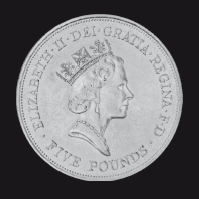
1985 – 1997: Raphael Maklouf
In creating his new effigy of Her Majesty, Raphael Maklouf aimed “to create a symbol, regal and ageless”.
His “couped” portrait depicts Queen Elizabeth II wearing the royal diadem favoured by her on the way to and from the State Opening of Parliament.
 1998 – current: Ian Rank-Broadley FRBS
1998 – current: Ian Rank-Broadley FRBS
The current Queen’s head on our coinage was designed in 1997 by Ian Rank-Broadley. Created to fill the full circle of the coin, its larger size was a deliberate response to the smaller 5p and 10p coins in circulation. A noticeably more mature portrayal of Her Majesty, Rank-Broadley aimed to show the Queen with “poise and bearing”.
If you’re interested…
Collect all 8 of the ‘new portrait’ coins when you find them in your change with The Queen’s New Portrait Coin Collecting Pack. Available now for just £3.99 (+p&p).
The story behind the Winston Churchill £5 Coin
This year a brand new £5 coin has been issued to commemorate Sir Winston Churchill, and it features a never-seen-before effigy of the great man.
Designed by renowned sculptor and artist David Cornell FRSA, the new portrait shows a defiant Churchill in military uniform.
I’ve been given a behind the scenes look at the creation of the portrait, and had a quick chat with the artist himself.
David Cornell is perhaps more famous for sculpting members of the Royal family, (he was even commissioned to paint a birthday portrait of the Queen) so I thought I’d ask him about his inspiration behind the new design:
“Winston Churchill was a major part of my childhood growing up in London during the War, hearing his speeches and seeing photos on posters, which left an indelible impression on me.
“I realised later what a great man he was and his contribution to the War effort, inspiring the people of Great Britain.
“As a portrait artist, it has been a great honour for me to be able to portray him in this tribute to honour his legacy.”
First of all Cornell worked on a plaster engraving of the portrait, making sure it fits the very particular dimensions of a coin. You can see the fine detail in the picture above, and also the large size of the plaster, which has to be reduced when the die is created to strike the coin.
The finished £5 coin also features an inscription of one of Churchill’s famous speeches: ‘Never in the field of human conflict was so much owed by so many to so few.’ Although spoken in reference to the heroes of the Battle of Britain, the quotation was chosen as it represents Churchill’s indomitable spirit during the war.
The coin has been issued on behalf of the Bailiwick of Jersey, and is available now in a range of metals – from an impressive 5oz 22 carat gold version measuring 2 1/2 inches in diameter, to a highly collectable cupro-nickel version available to all. I’m sure you’ll agree, it will make a fitting tribute in any collection to our greatest ever Prime Minister.
If you are interested…
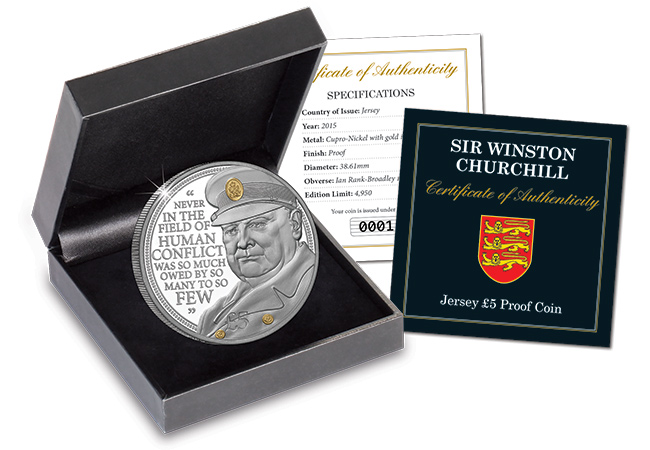
The new Winston Churchill £5 Coin is available now in a special limited edition Proof version. Complete with Presentation Case and Certificate of Authenticity.




